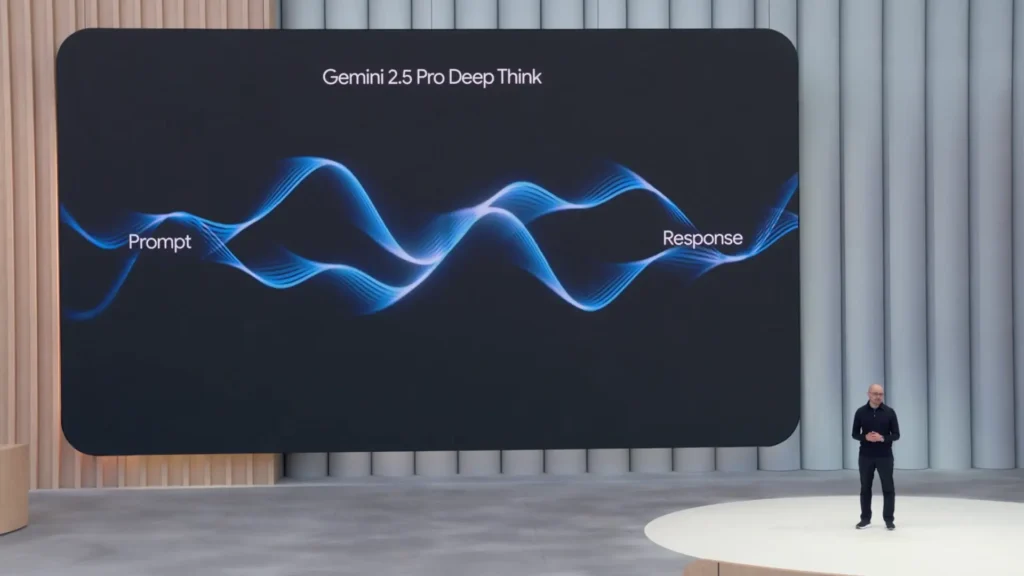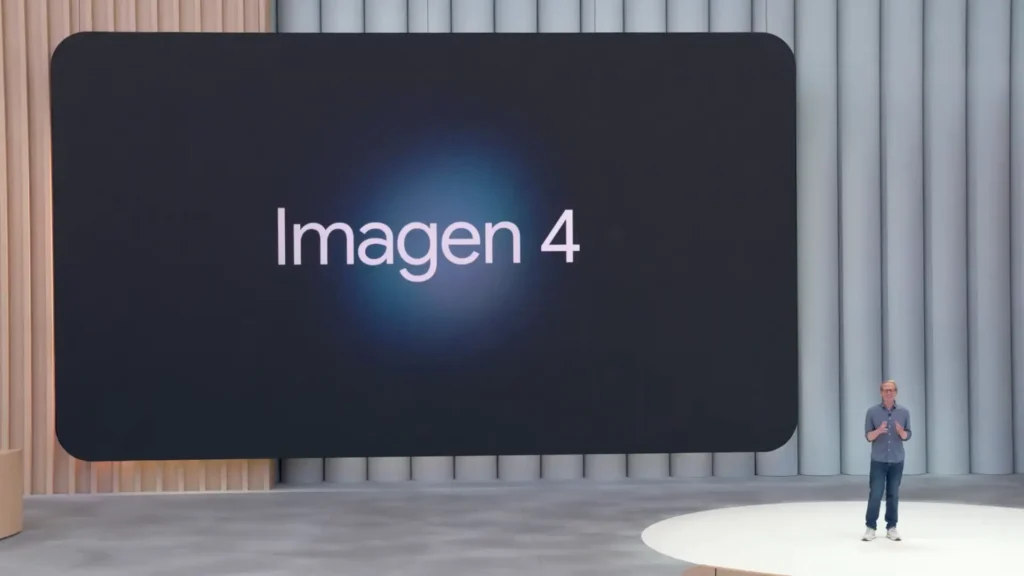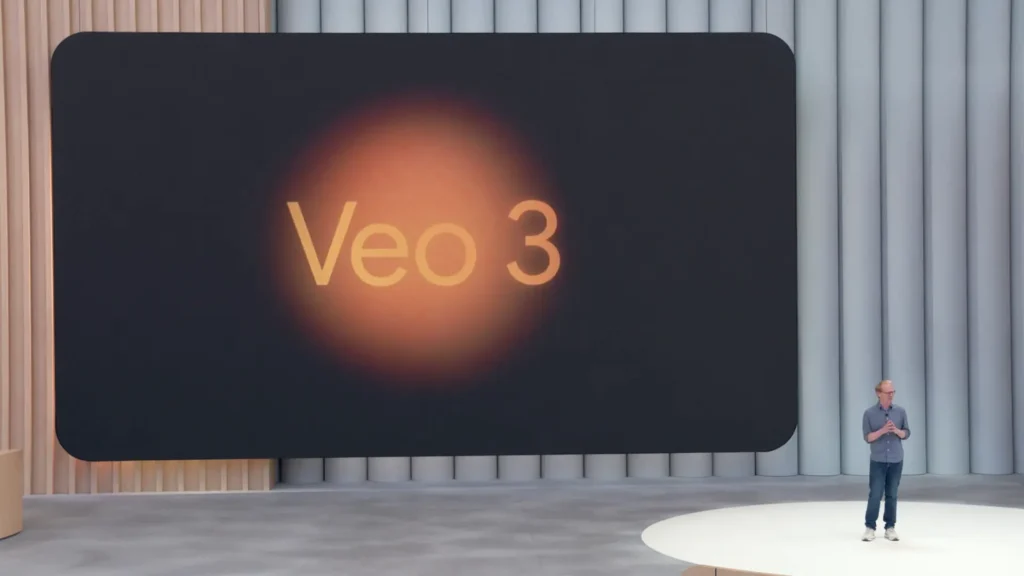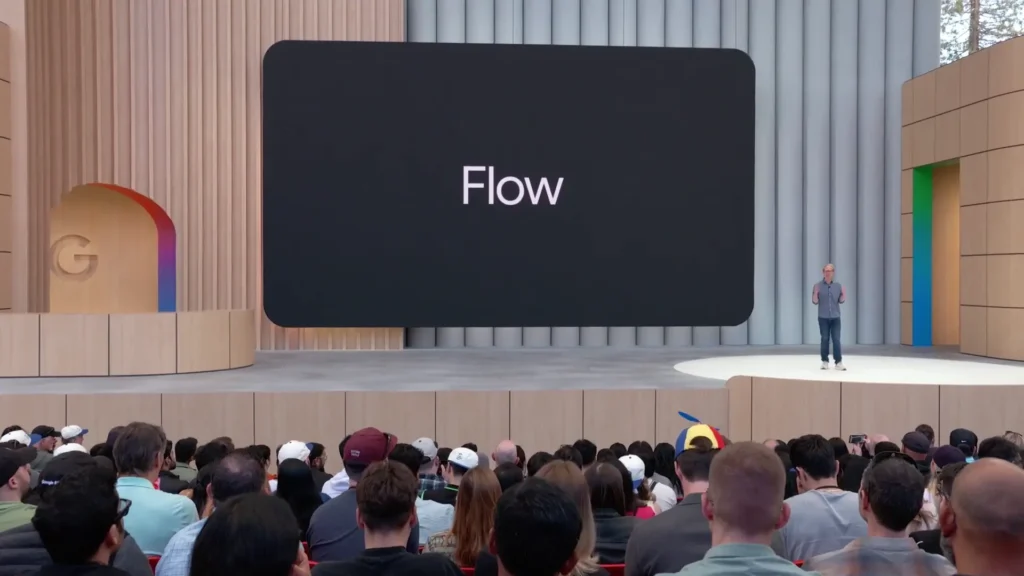Google IO 2025 Highlights
Google IO 2025 Highlights: At the 2025 Google IO event, the tech giant laid out its most ambitious AI roadmap to date. If there was one resounding message from the keynote, it was this: artificial intelligence is no longer a sidekick—it’s the main character. From upgrading its flagship Gemini model to weaving AI deeply into Search, Gmail, and even wearable tech, Google signaled a bold shift toward a smarter, more responsive digital world.
Let’s break down the most noteworthy updates that marked this transition.
Gemini 2.5 and the Rise of Deep Think

Gemini has been Google’s AI crown jewel for a while now, but version 2.5 elevates the game to a whole new level. This isn’t just about faster processing or cleaner code generation—it’s about reasoning.
Gemini 2.5 is now capable of functioning in over 24 languages, and it doesn’t just spit out words—it understands them contextually. It can generate expressive, lifelike speech and handle multiple modalities (text, image, code) in a single flow. But what truly stole the spotlight was “Deep Think,” a new experimental mode for Gemini 2.5 Pro.
Here’s where it gets wild: Deep Think isn’t just fast or accurate—it’s thoughtful. Designed for advanced reasoning, it has demonstrated top-tier performance in complex mathematical challenges and elite coding competitions. According to Google, it performed exceptionally well in the 2025 USAMO and matched expert-level benchmarks in competitive programming.
AI Mode in Google Search: From Queries to Conversations
Search is arguably Google’s most iconic product, and it’s getting a serious facelift. With the introduction of “AI Mode,” Google is reimagining how we interact with information.
Forget the old keyword-based model. With AI Mode, users can now pose detailed, nuanced questions—think paragraph-long queries—and receive tailored, insightful summaries. Instead of scrolling through ten links, you get a direct, well-organized answer, complete with citations, breakdowns, and follow-ups.
This leap is powered by a customized version of Gemini, trained to handle the intricacies of everyday queries. Features like “Deep Search” expand behind-the-scenes queries from dozens to hundreds, ensuring that responses are not just fast but genuinely comprehensive.
Even more intriguing is “Search Live.” By using your phone’s camera, you can show Google what you’re looking at, and the AI will respond in real time with information, suggestions, or actions. It’s a step toward making your camera a second search bar—with AI acting as your co-pilot.
Generative Media Models: Imagen 4, Veo 3, and Flow
The world of content creation has also been reshaped. Google introduced major upgrades to its generative media tools, each designed to empower both casual users and creative professionals.
Imagen 4

Imagen 4, the latest image generation model, now produces up to 2K resolution images. It’s been significantly improved in terms of accuracy, especially when it comes to handling text and fabrics—two pain points in earlier versions. Whether you’re designing a marketing poster, a digital comic, or a photo-realistic mockup, Imagen 4 delivers with surprising precision.
Veo 3

Video is where things get especially exciting. Veo 3, Google’s advanced text-to-video generator, now includes sound. That means character dialogue, ambient noises, and synced audio effects—making it possible to create full video segments with just a script.
It also supports 4K resolution, making it useful for professional-grade video production.
Flow

Flow, a new AI filmmaking tool, combines the capabilities of Veo, Imagen, and Gemini into one platform. With Flow, users can generate cinematic sequences up to 8 seconds long, manipulate camera angles, add dynamic movements, and even stitch together previously generated clips into coherent narratives.
Imagine directing a scene using only voice commands and brief text prompts—and having the AI deliver a realistic short film by the end of the day. That’s where Flow is headed.
Google Beam: Redefining Remote Communication

One of the more futuristic unveilings was Google Beam. Previously known as Project Starline, this immersive communication tool converts standard 2D video into lifelike 3D visualizations. It’s designed to make video calls feel like face-to-face meetings.
Beam leverages AI to create hyper-realistic avatars, complete with real-time head tracking and 60 FPS rendering. The experience is reportedly so natural that early testers said it felt like the other person was right across the table.
Major partners like HP and Zoom are already on board, with Beam-compatible hardware expected later this year. It could soon become the gold standard for business conferencing, remote therapy, or long-distance family chats.
Android XR and Smart Glasses
Google isn’t just looking at screens—it’s thinking about what comes after them. Enter Android XR, the company’s new operating system for augmented, mixed, and virtual reality.
At the center of this push are AI-powered smart glasses. These aren’t your average gimmicky wearables. They’re embedded with Gemini and designed to offer real-time translation, navigation, and hands-free assistance.
Think about walking through a foreign city, asking your glasses for restaurant recommendations, and getting live directions displayed right in your field of vision—all while having a conversation with the AI.
Google’s also taking fashion seriously this time. Collaborations with Samsung, Warby Parker, and Gentle Monster suggest a stylish twist to these devices. Prototypes feature wide fields of view, discreet cameras, and integrated microphones—blending tech with daily wear.
More Gemini Integration and Premium AI Plans
Beyond flagship products, Google is embedding Gemini deeper into the daily user experience.
- Chrome: Gemini will soon help users summarize articles and navigate complex websites on the fly.
- Gmail: Smart Replies are becoming more intuitive, drawing on your writing history to generate context-aware responses.
- Google Meet: Real-time translation is being added, which could break down language barriers in business and education.
The most eye-catching reveal, however, was Google AI Ultra, Ultra users gain access to experimental tools like “Agent Mode.” This feature lets Gemini perform actions autonomously based on high-level goals, such as “plan my business trip to India”.
The subscription also includes priority access to updates, larger context windows, and premium support—essentially turning Gemini into a digital executive assistant for power users.
AI Moves from Assistant to Core Architect
What stood out most at I/O 2025 wasn’t just the volume of AI features—but their integration. Gemini isn’t being sold as a tool to use—it’s becoming the foundation of how Google products work.
From transforming Search into a thinking engine, to letting your glasses act as a second brain, Google is pivoting from passive tech to active problem-solving. This isn’t a one-off experiment. It’s a clear roadmap toward an AI-first future.
For developers, creators, and everyday users, the message is simple: the age of intelligent tools isn’t coming—it’s already here. And if you’re using Google, your part of it.
READ MORE Dharoi Adventure Fest 2025: Gujarat Best Premier Adventure
